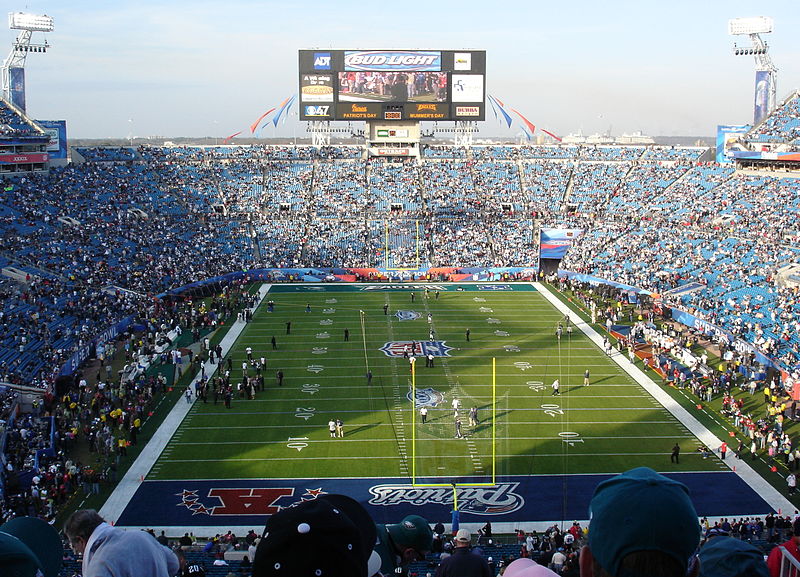
How to avoid bee-killing pesticides
To save the bees, you should avoid toxic bee-killing pesticides called neonicotinoids. Use our guide to identify which pesticides contain neonicotinoids.
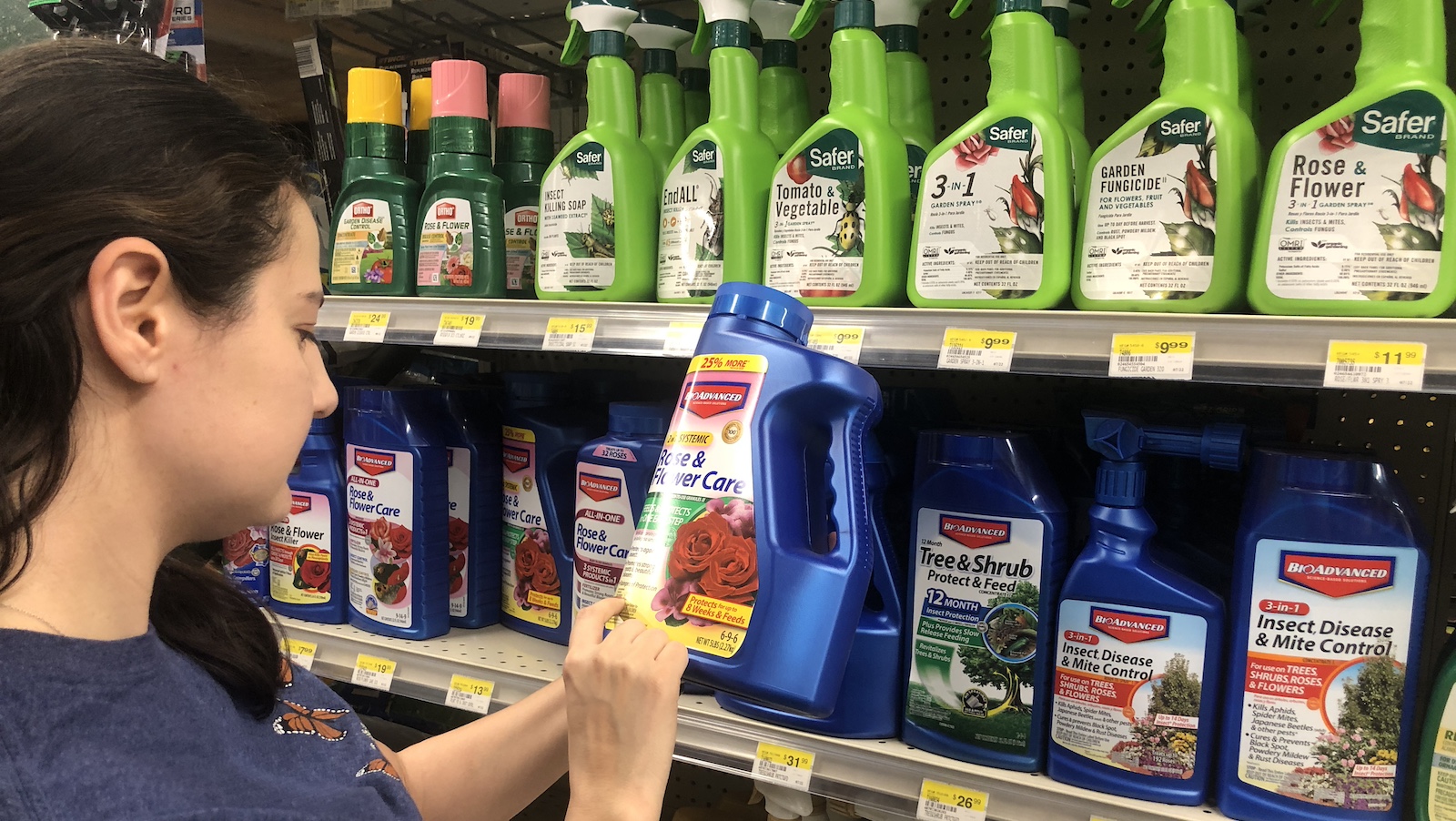
Bees and other pollinators are dying. One of the main culprits is a group of toxic pesticides called neonicotinoids that attack bees’ brains, paralyzing and ultimately killing them. Ending the worst uses of bee-killing pesticides can help protect pollinators.
One way you can help at home is to make sure that you’re not using any neonicotinoid pesticides around your home. And ultimately, not using any pesticides at all is the best way to help the bees.
Here’s our guide for how to identify what pesticides contain neonicotinoids.
What is a neonicotinoid?
Neonicotinoids are a class of pesticides – that means there are a few different types of chemicals that have similar effects. Also shorthanded as neonics, they’re compounds designed to target parts of the central nervous system of insects.
The issue is that neonicotinoids can’t tell the difference between what is considered a pest that threatens crops, and pollinators like bumblebees. Neonics kill insects indiscriminately and are devastating bee populations around the world.
Which chemicals are considered neonicotinoids?
There are five common neonicotinoid pesticides:
- Acetamiprid
- Clothianidin
- Dinotefuran
- Imidacloprid
- Thiamethoxam
You can take a screenshot, save this photo or print it to keep our handy guide to neonics with you.
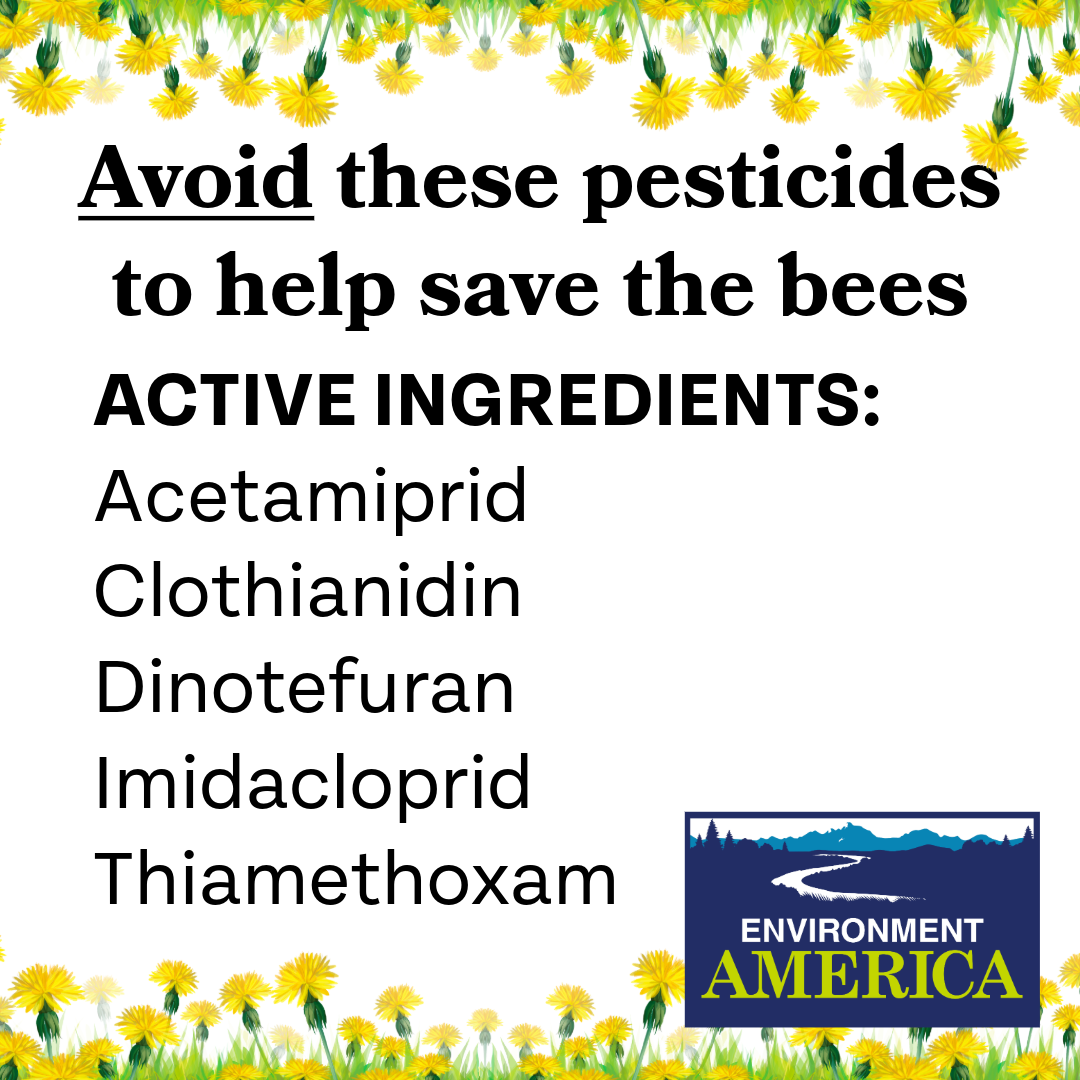
Photo by Staff | TPIN
How do I know if a pesticide contains neonicotinoids?
Pesticide brands don’t go around advertising that their products contain bee-killing neonics. So you may have to do some light sleuthing to see if there are neonicotinoid chemicals in a pesticide.
Most of the time, pesticide bottles will have a label listing the active ingredients. Similar to a nutrition label on our food, you can look at this to see the primary chemicals in the pesticide. If any of the active ingredients include “acetamiprid,” “clothianidin,” “dinotefuran,” “imidacloprid” or “thiamethoxam,” that’s a neonicotinoid, and you should avoid using that pesticide.
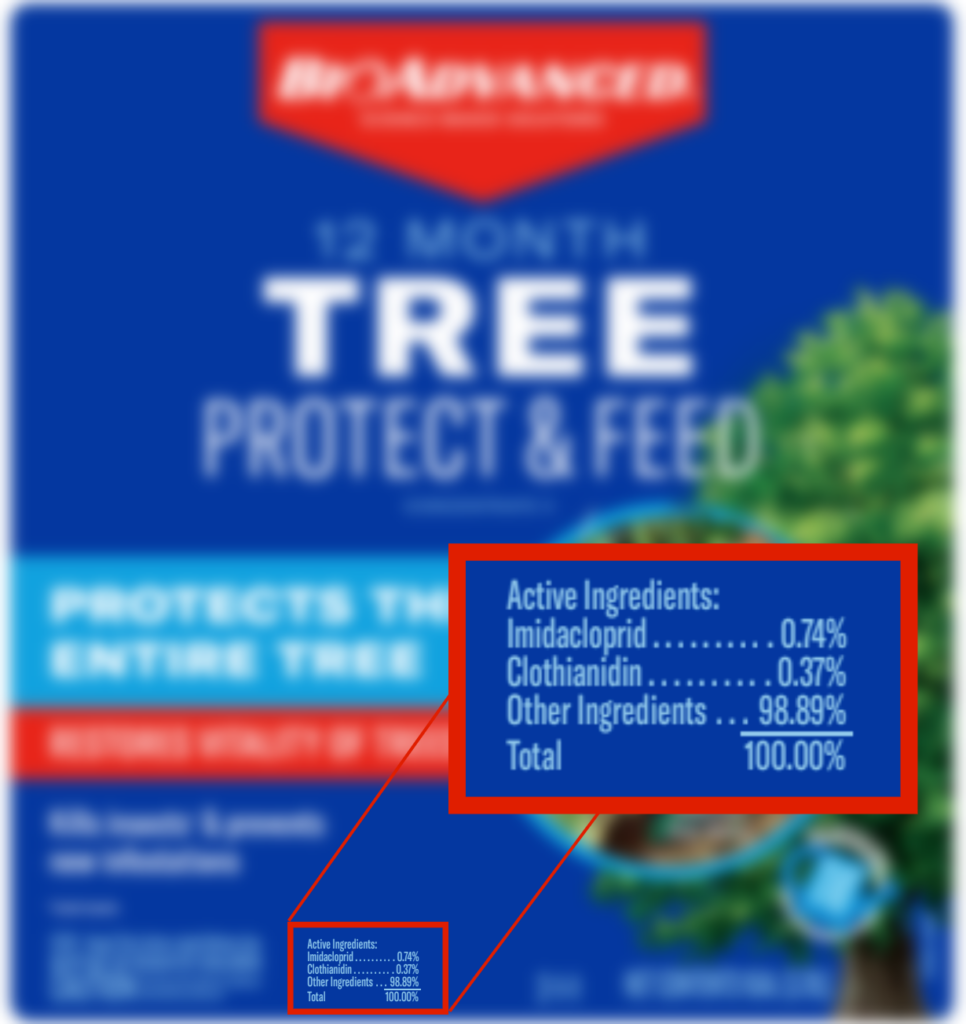
An example of a pesticide bottle label with active ingredients, including imidacloprid and clothianidin. Both of those ingredients are neonicotinoids.Photo by Staff | TPIN
Sometimes the label is on the front of the bottle, and sometimes it’s on the back, so check all around.
If you’re shopping online, the images of the label might not include an active ingredient list at all, and when they do, it’s often in very tiny print that is hard to see. Look at the details toward the bottom of the product’s webpage to see if there is a list of ingredients.
What if I can’t tell if a pesticide has neonicotinoids?
The best way to protect bees and their ecosystem is to not use pesticides at all. If you’re unsure, try not to use pesticides.
Weren’t these pesticides banned?
Not everywhere. If you live in California, Colorado, Connecticut, Maine, Maryland, Massachusetts, New Jersey, New York, Rhode Island or Vermont, then your state has restricted bee-killing neonicotinoid pesticides.
Do seeds and plants contain neonicotinoids?
By looking at it, there’s no way to tell whether a seed, seedling or plant has been treated with neonics. Asking your local nursery or plant center is the best way to figure out whether the plants and seeds you’re thinking of buying for your garden have been treated with neonicotinoids or other harmful pesticides.
What should I use instead of neonicotinoids? Are there any alternatives?
To protect bees and your health, the best option is to not use pesticides at all. Neonicotinoids are particularly concerning for bees, glyphosate is harmful to pollinators including monarch butterflies, and other pesticides can be harmful to human health.
We suggest going without pesticides, embracing imperfection in your garden or lawn, and letting nature do its thing.
But if your tomatoes keep getting eaten or weeds are crowding out your plants, there are plenty of alternatives to pesticides to consider. The best practices for your own lawn or garden will vary based on where you live and what kind of garden you’re growing. Your local garden center is a great place to start for advice.
For managing pests in your garden, this resource offers some options for alternatives to bee-killing pesticides.
Here are some ideas for managing pests without the pesticides:
- Choose native plants. Native plants are better adapted to your local climate and soil, and therefore are less likely to suffer from pests.
- Take better care of your plants. If your plant is stressed, it’s less able to defend itself from pests. Learn how much sunlight and water your plant needs, and address the underlying issue affecting your plant’s health.
- Invite in creatures that kill the pests. For instance, ladybugs eat aphids. Birds and bats also eat lots of insects, so building a birdhouse or bat box could be helpful.
- Take a hands on approach. It might be tedious, but sometimes physically removing pests is the best way to protect wildlife. For example, you might need to hand pick slugs off of your lettuce. Removing parts of the plant that are infested or squishing unwanted insects can help manage the problem.
- Consider an organic, degradable pesticide if you need to, but make sure to apply it correctly. There are some organic alternatives to pesticides, but they may still be harmful to bees. Make sure to do your research to apply at the right time and place to minimize the impact on pollinators.
Weedkillers can also be harmful to bees and other pollinators. If weeds are your issue, first think about what a weed actually is. For example, how much does it matter to you if there are a couple dandelions in your yard?
For dealing with weeds, here are some ideas:
- Pull out the weeds by the roots. Yes, it’s annoying and takes time. But once you get ’em out, and stay on top of it, it does make a difference. Weed frequently so they don’t reseed themselves. You can also use a hoe to help you weed if you don’t have to be too precise around existing plants that you want to keep.
- Feed your plants well. Add compost or compost tea. The stronger your plants are, the better they can compete against the weeds. Get your soil tested to see if you need to add any missing components to good soil. Add nutrients like compost to your soil every season rather than digging up your garden every spring.
- Use mulch around the plants you want to keep. That helps save on watering, plus it smothers weeds so it’s harder for them to get a foothold.
- Spray the weeds with vinegar. That also kills plants you want to keep so be careful. It also makes your garden smell like a fish & chips shop for a few hours but is still better than smelling like pesticides.
- Cut down the weeds and keep cutting all season. Pick up the tops so that they don’t reseed. Eventually they will give up.
- Turn up the heat on sidewalk weeds. If you’ve got a weed in a sidewalk crack that you can’t get out, you can try pouring boiling hot kettles of water on them.
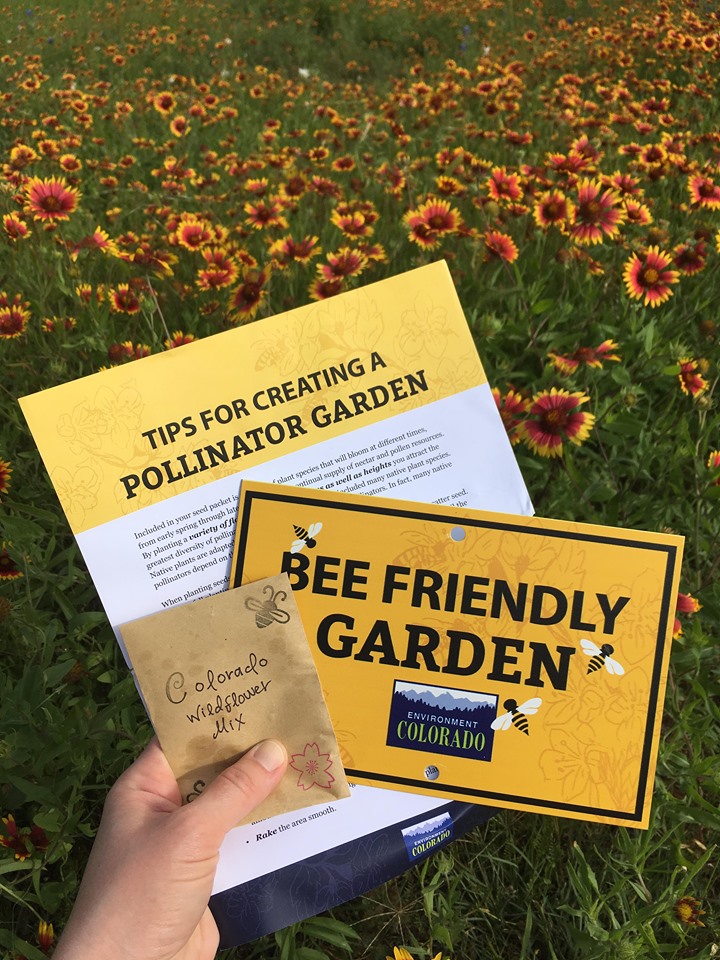
Shop Our Store
Plant your bee-friendly garden
In addition to avoiding toxic bee-killing pesticides, you can help save the bees in your own backyard by planting flowers that bees love. Make your garden a welcoming habitat for your neighborhood bees with this lovely, all-zones appropriate bee-friendly garden kit.
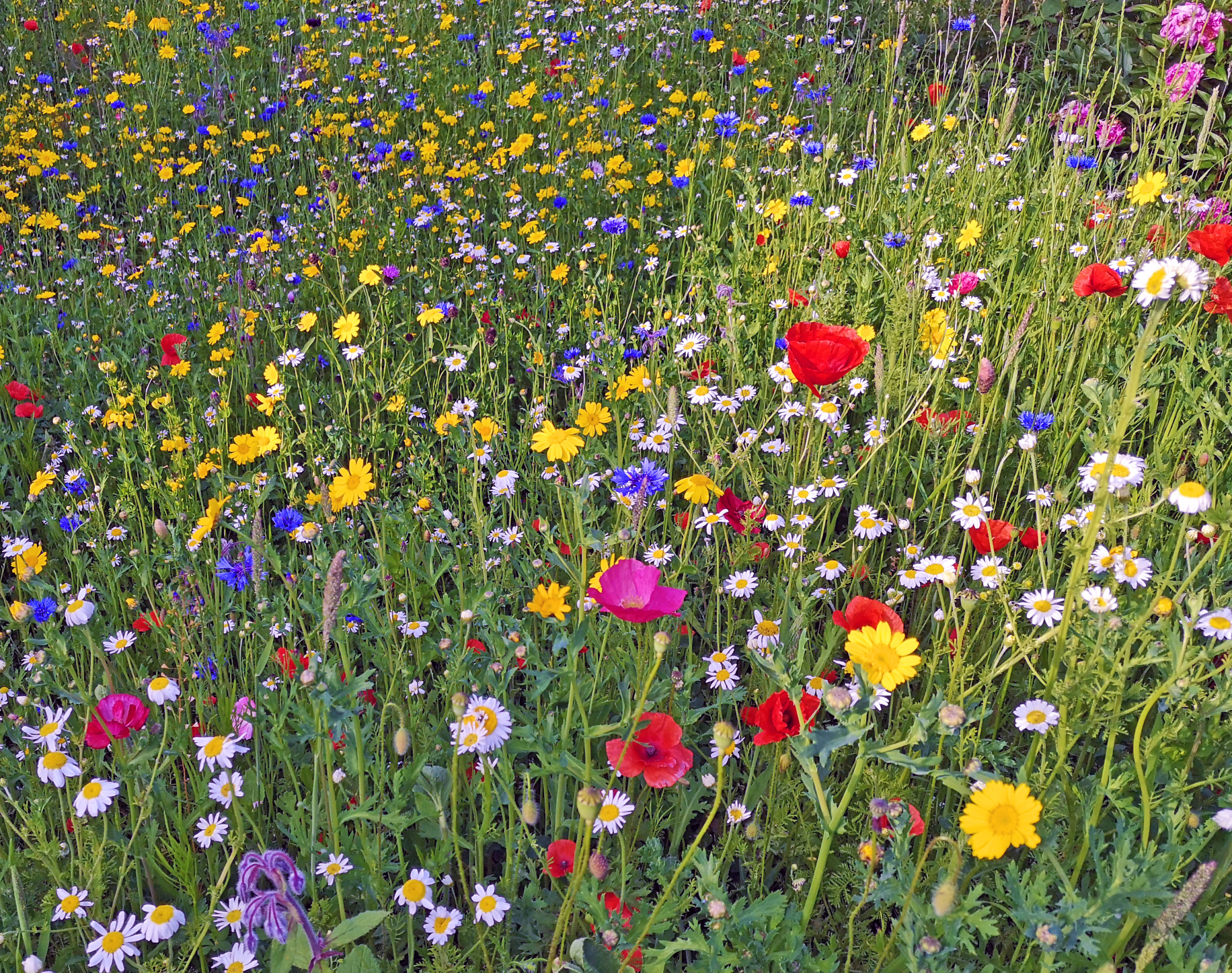
Do I really need to mow my lawn?
Topics
Authors
Morgan Hayward
Lead Digital Campaigner, The Public Interest Network
Morgan writes online content for Environment America, PIRG and Environmental Action's campaigns. In her previous role, she worked as the Destination: Zero Carbon campaign director for Environment America. Morgan lives in Ardmore, Pennsylvania, with her partner and their dog Macchiato (aka Otto), where she enjoys reading, Zumba and going to the off-leash dog park.
Steve Blackledge
Senior Director, Conservation America Campaign, Environment America Research & Policy Center
Started on staff: 1991 B.A., Wartburg College Steve directs Environment America’s efforts to protect our public lands and waters and the species that depend on them. He led our successful campaign to win full and permanent funding for our nation’s best conservation and recreation program, the Land and Water Conservation Fund. He previously oversaw U.S. PIRG’s public health campaigns. Steve lives in Sacramento, California, with his family, where he enjoys biking and exploring Northern California.
Find Out More
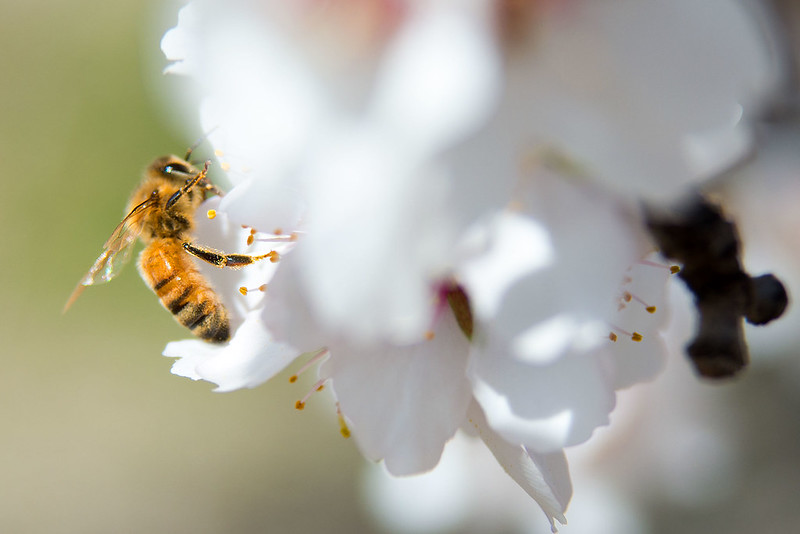
Why monoculture farming practices harm bees

A look back at what our unique network accomplished in 2023
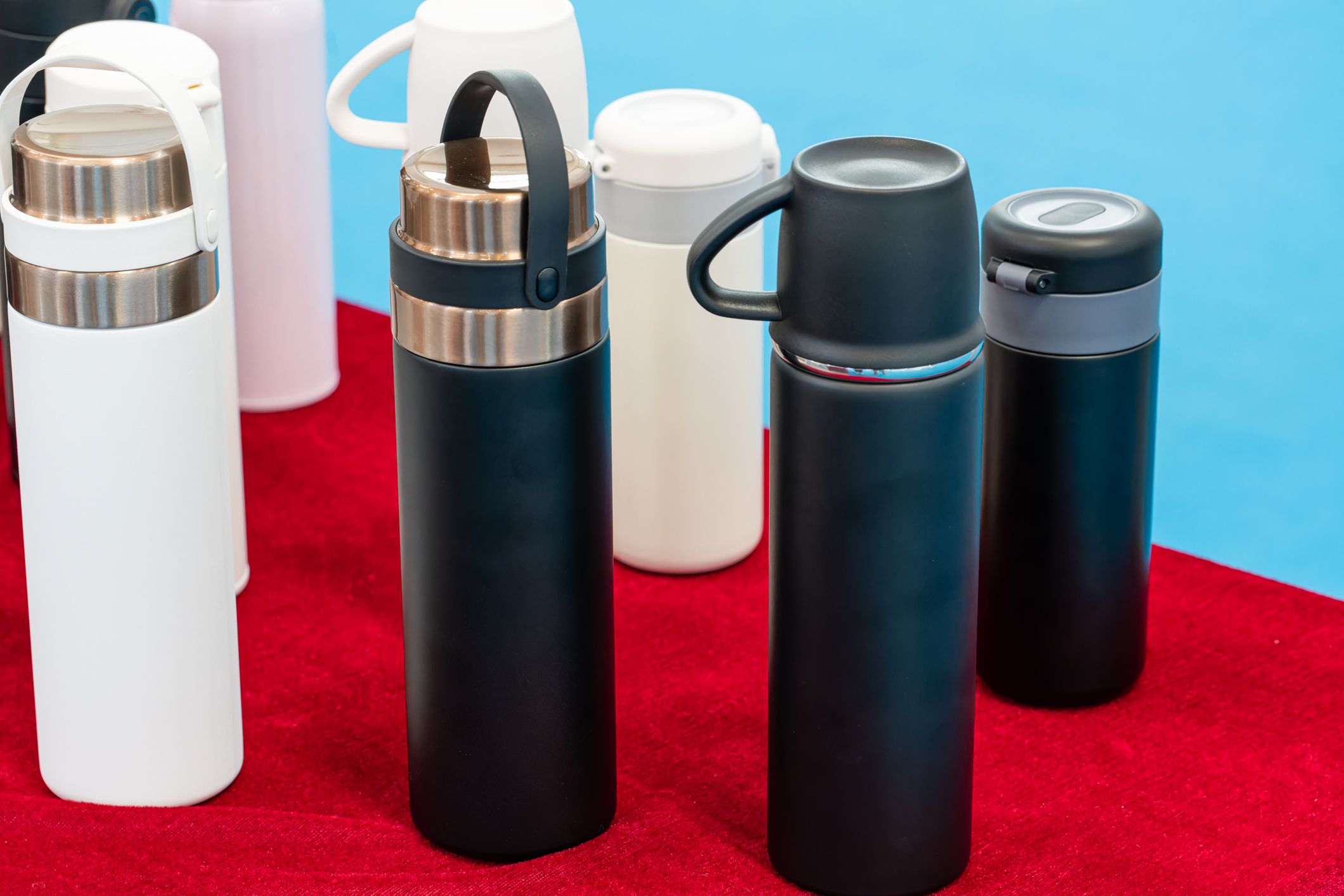
Too much of a good thing? The environmental downside of the “Stanley cup” craze.
